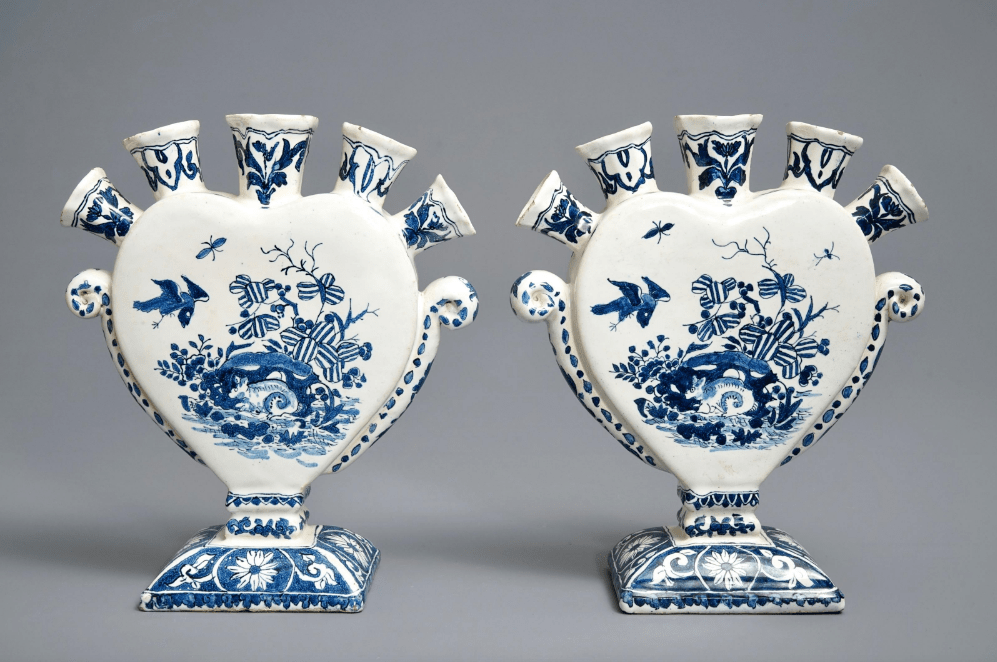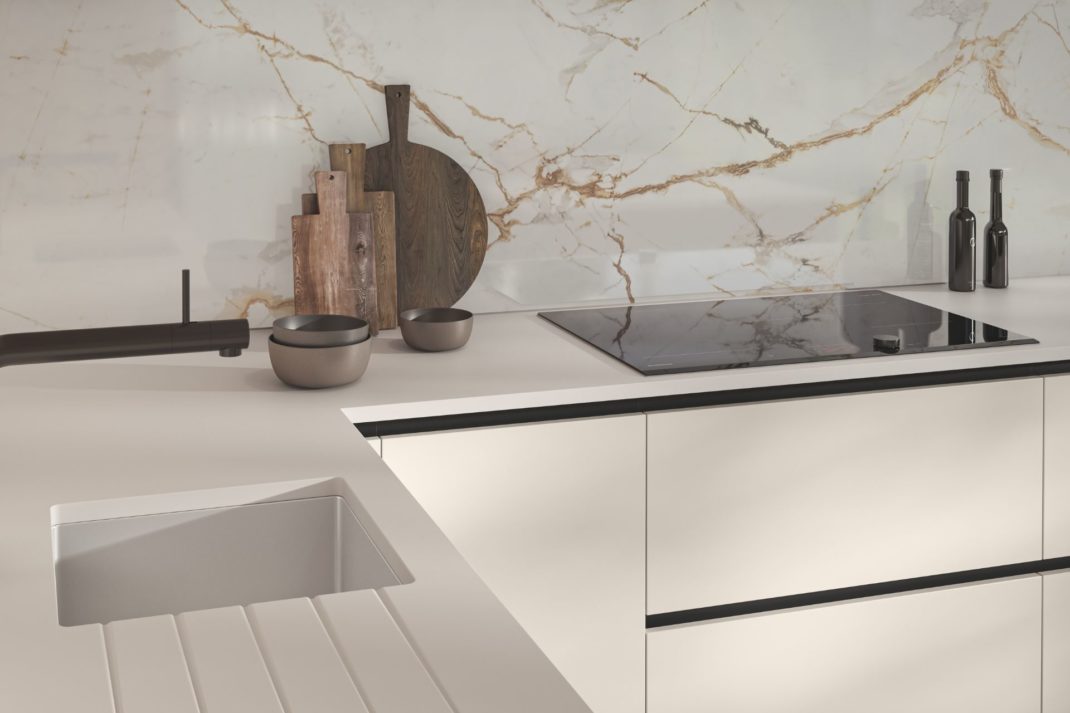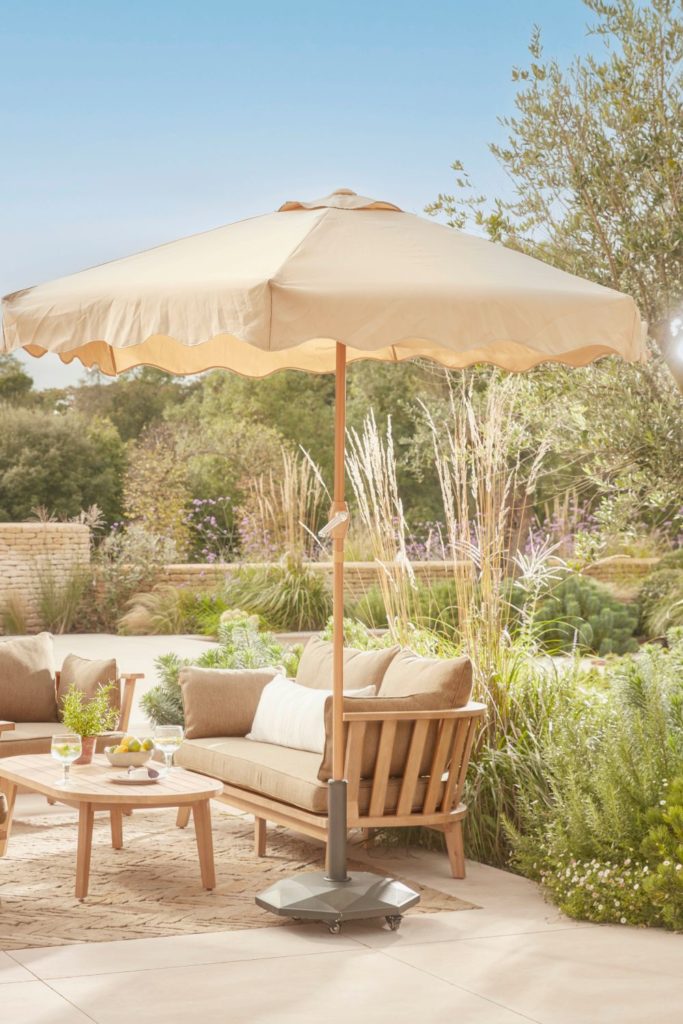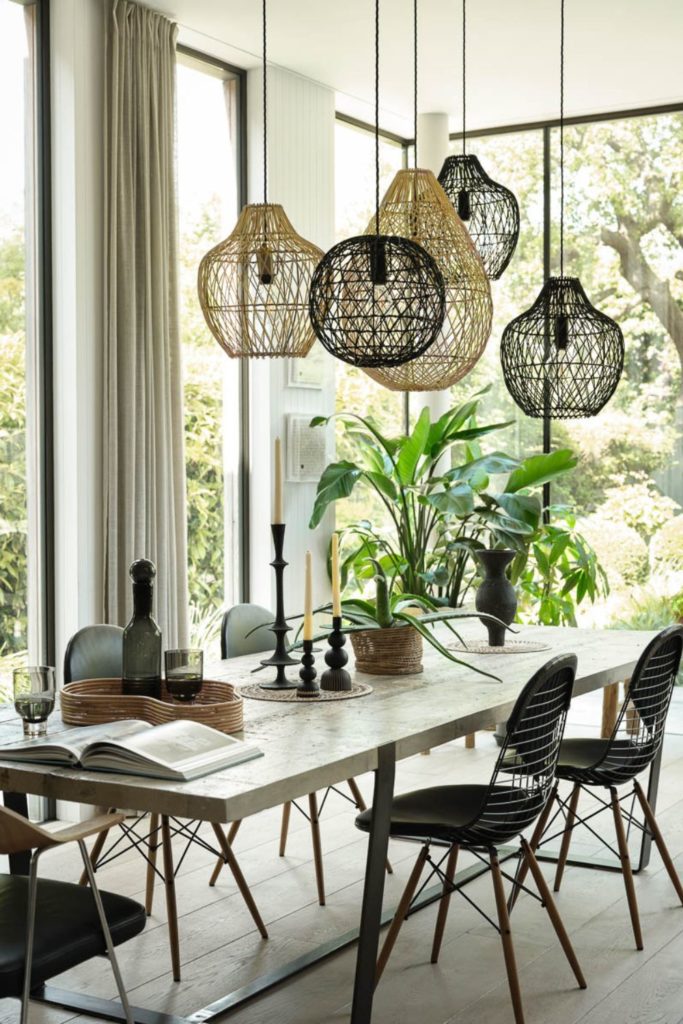Tulipieres are the ‘it’ Vases for Tablescaping
By
3 years ago
Let's Talk Tulipieres
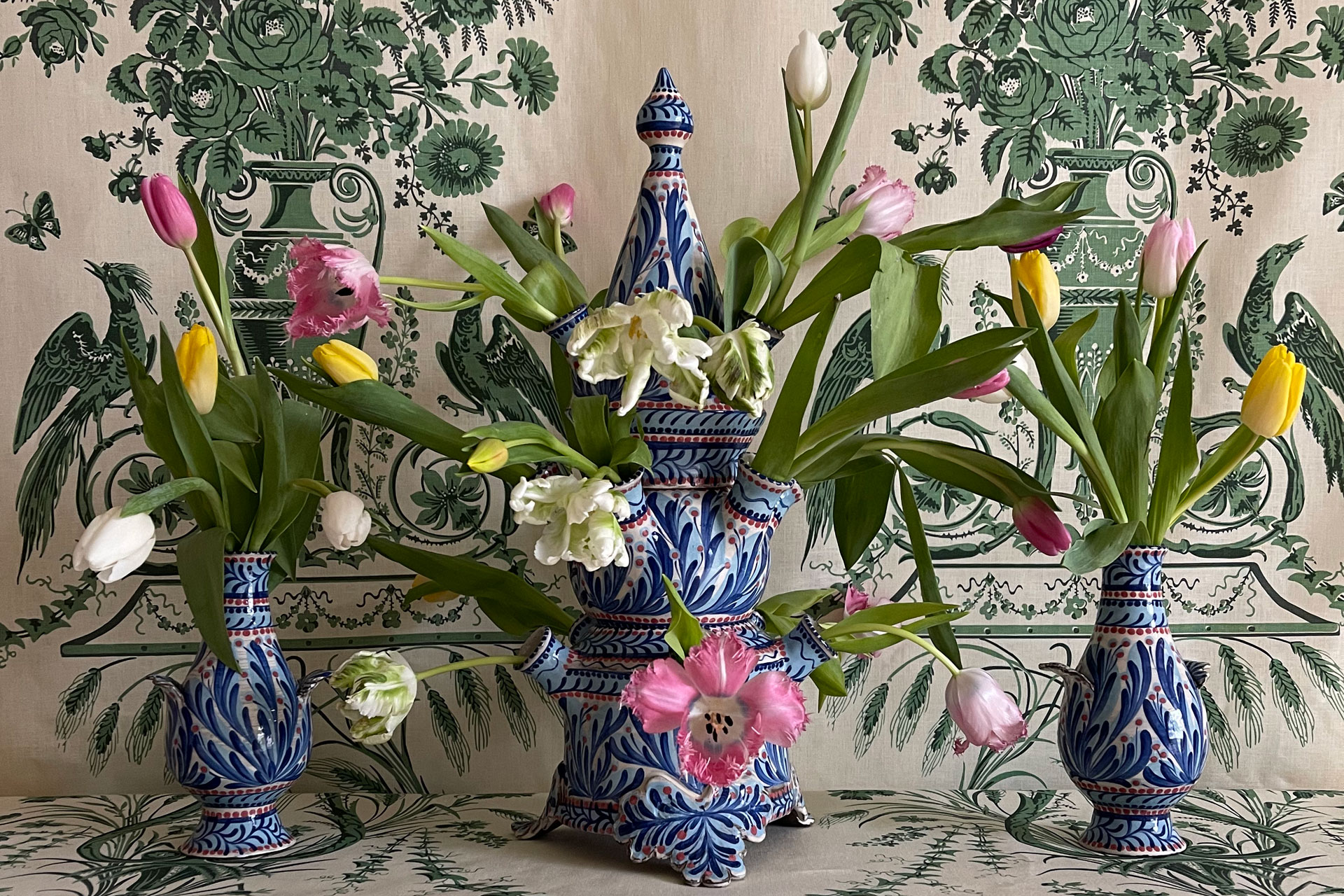
Tulipieres, originally the preserve of the elite in the 17th Century, have burst onto the tables of all the fashion set this summer. Meet your next tablescaping obsession
Tulipieres are Tablescaping’s Latest Trending Status Symbol
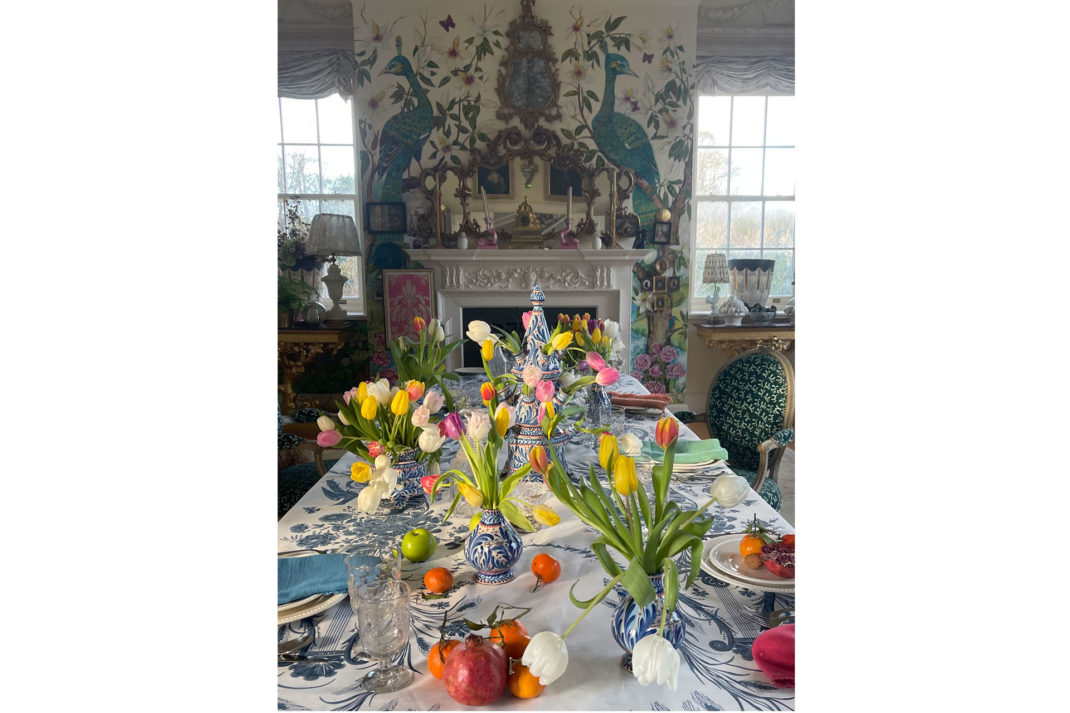
A Vision of Tulipieres tablescaped. Image courtesy of JET by Whiteworks, whiteworksgroup.co.uk. Tulipieres designed by Katrin Moye (@katrinmoye)
Loved by the fashion set (Luke Edward Hall @lukeedwardhall, Hamish Bowles @hamishbowles), and plus now a flurry of new tulipiere makers are bursting on the scene (Frances Palmer @francespalmer and Katrin Moye @katrinmoye), tulipieres are the latest cult status objet d’art on the tablescaping scene this summer.
Tulipieres makes your look like a florist overnight: no need to bind anything, nor weave together a complicated bouquet in the 360. You simply fill the vase with water and plop in tulips per spout (or can be any flower), and it’s like magic. The rarer, more tumbling the tulip, the better in our eyes.
View this post on Instagram
But where did this intriguing vase originate? With the advent of ‘tulip mania‘ in The Netherlands during Dutch The Golden Age of the 17th Century, an economic crisis ensued, meaning that tulip bulbs sky rocketed in price. Tulips then quickly became the ultimate coveted status symbol, ushering in what we now know as the quintessential Dutch still life painting, and of course: tulipieres. Add on the fact that tulips were traded from Asia, tulipieres were branded as a sort of luxury, hard to access novelty to Dutch society at the time.
Best Online Plant Delivery Services
Tulipieres are often elaborate, multi-tiered, and they were essentially a way to flex the status of the owner. And you’d commonly find tulipieres in the houses of the European elites. The vase of the tulipiere is often hand painted and is typically delftware (that’s the Dutch style with blue and white ceramics). Originally, one bulb would sit at the bottom of the vase, but this tradition has moved on to simply hold cut flowers.



